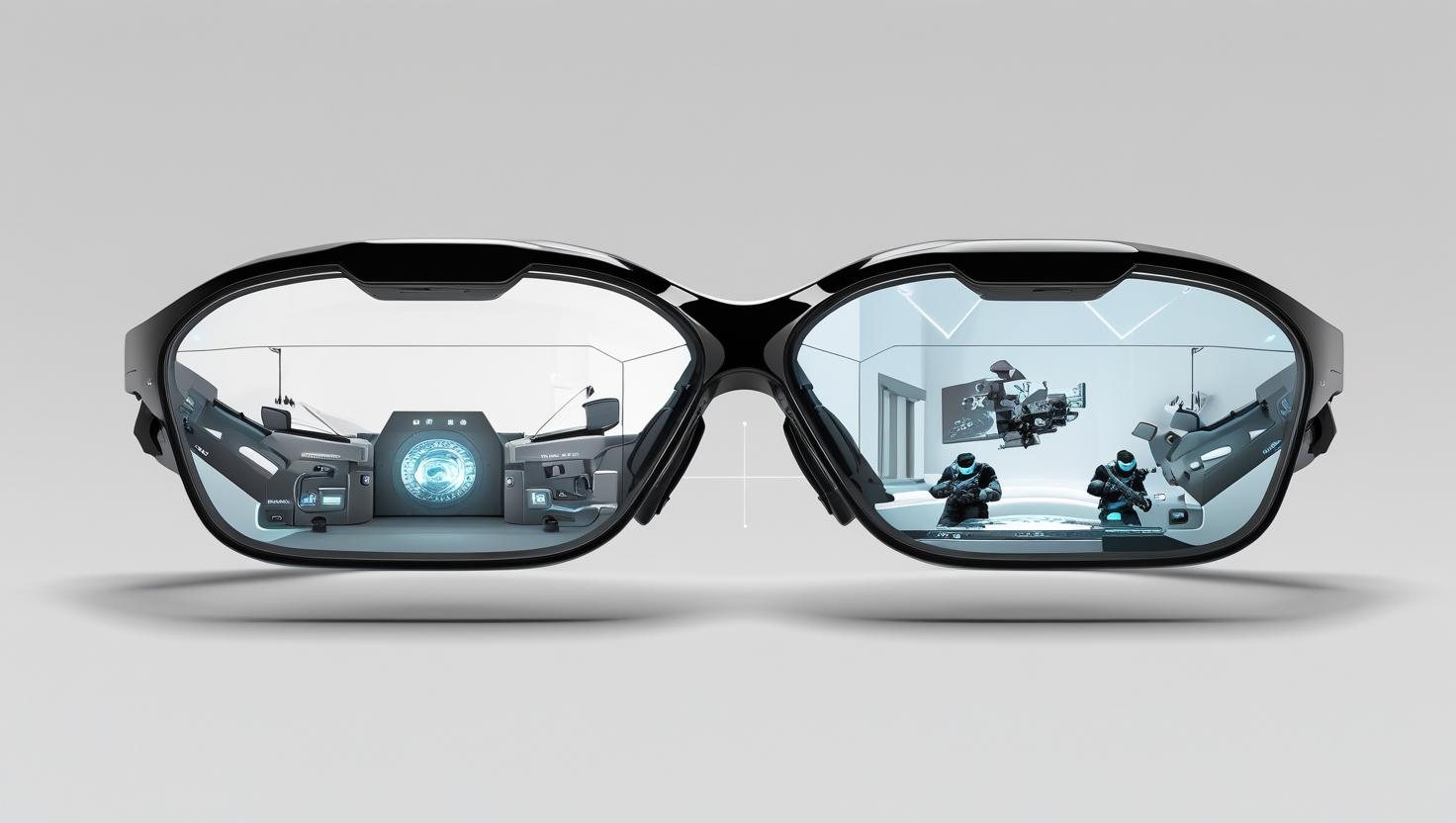The global wearable technology landscape is entering a new phase of innovation—and smart glasses are taking center stage. Once seen as a futuristic novelty, smart glasses are now positioned for widespread adoption across both consumer and enterprise markets. With advancements in augmented reality (AR), miniaturized displays, and AI integration, the smart glasses market is poised for explosive growth in the coming years.
Market Momentum and Forecasts
The global smart glasses industry is projected to reach USD 4,129.3 million by 2030 from USD 878.8 million in 2024; it is expected to grow at a CAGR of 29.4% This surge is being fueled by increasing consumer interest in hands-free, connected experiences and growing enterprise investment in productivity-enhancing technologies.
From immersive navigation to real-time translation, smart glasses are rapidly evolving into multifunctional tools, far beyond simple heads-up displays. Leading tech giants and agile startups are racing to innovate, making devices lighter, more stylish, and packed with features.
Key Drivers of Growth
Several factors are converging to drive the smart glasses market:
-
Rising Demand for Wearables: Consumers are increasingly adopting wearables for fitness, communication, and convenience. Smart glasses are emerging as the next evolution beyond smartwatches and fitness bands.
-
Advancements in AR and AI: Improvements in augmented reality overlays and real-time AI processing allow smart glasses to deliver more meaningful contextual information—crucial in industries like logistics, healthcare, and education.
-
Enterprise Use Cases: Businesses are deploying smart glasses to support remote assistance, hands-free workflows, and worker training. For example, technicians can receive live visual instructions without ever touching a screen.
-
Improved Design and User Experience: Early iterations of smart glasses were often bulky and visually unappealing. Today’s models are sleeker, more ergonomic, and better integrated with voice control and mobile apps.
Download PDF Brochure @ https://www.marketsandmarkets.com/pdfdownloadNew.asp?id=148134046

Emerging Applications
Smart glasses are finding traction in a wide range of sectors:
-
Healthcare: Surgeons and clinicians are using AR glasses for image-guided procedures, remote collaboration, and real-time patient monitoring.
-
Retail: AR-enabled glasses allow customers to visualize products in 3D or receive instant information while browsing in stores.
-
Logistics & Manufacturing: Workers in warehouses and factories use smart glasses for inventory management, equipment diagnostics, and assembly guidance.
-
Education & Training: Smart glasses provide immersive learning experiences through interactive simulations and on-the-job visual aids.
Challenges to Widespread Adoption
Despite the positive outlook, the industry faces challenges such as:
-
Privacy Concerns: Smart glasses with built-in cameras raise concerns about surveillance and data security.
-
Battery Life & Heat Management: High-performance AR features consume significant power, making battery life a constant engineering challenge.
-
Cost Barriers: High-end smart glasses are still relatively expensive, although costs are expected to drop as technology scales.
Key Players and Innovation Landscape
Major players in the market include Google, Meta (formerly Facebook), Apple, Microsoft, Vuzix, and Xiaomi—each pushing the boundaries in AR, VR, and smart optics. Startups like Nreal and Rokid are also making waves with competitive, consumer-friendly designs.
Strategic partnerships between tech firms, telecom companies, and industrial suppliers are further accelerating R&D and deployment.
The Future of Smart Glasses
The smart glasses of tomorrow will be lightweight, always connected, and seamlessly integrated into everyday life. As 5G and edge computing become mainstream, the capabilities of smart glasses will continue to expand—enabling real-time translation, facial recognition, spatial navigation, and even health diagnostics.
The smart glasses market is on the brink of a transformation, driven by the convergence of wearable tech, augmented reality, and AI. As form factors improve and applications multiply, smart glasses are expected to shift from niche to mainstream—redefining how we work, learn, shop, and connect with the world around us.
Frequently Asked Questions (FAQ) – Smart Glasses Market
Q1: What are smart glasses?
A: Smart glasses are wearable devices that look like regular eyewear but are equipped with advanced technologies such as augmented reality (AR), cameras, sensors, microphones, and wireless connectivity. They allow users to view digital information, take photos or videos, access navigation, receive notifications, and more—all hands-free.
Q2: What is driving the growth of the smart glasses market?
A: Key drivers include rising demand for wearable tech, advancements in AR and AI, increased enterprise adoption for remote assistance and training, improved design and battery life, and growing consumer interest in hands-free, connected experiences.
Q3: What are some common applications of smart glasses?
A:
-
Healthcare: Remote surgery assistance, real-time patient data display
-
Retail: AR shopping experiences and inventory management
-
Logistics/Manufacturing: Hands-free guidance and real-time diagnostics
-
Education: Immersive training and learning simulations
-
Navigation & Travel: Real-time GPS overlays and translation
